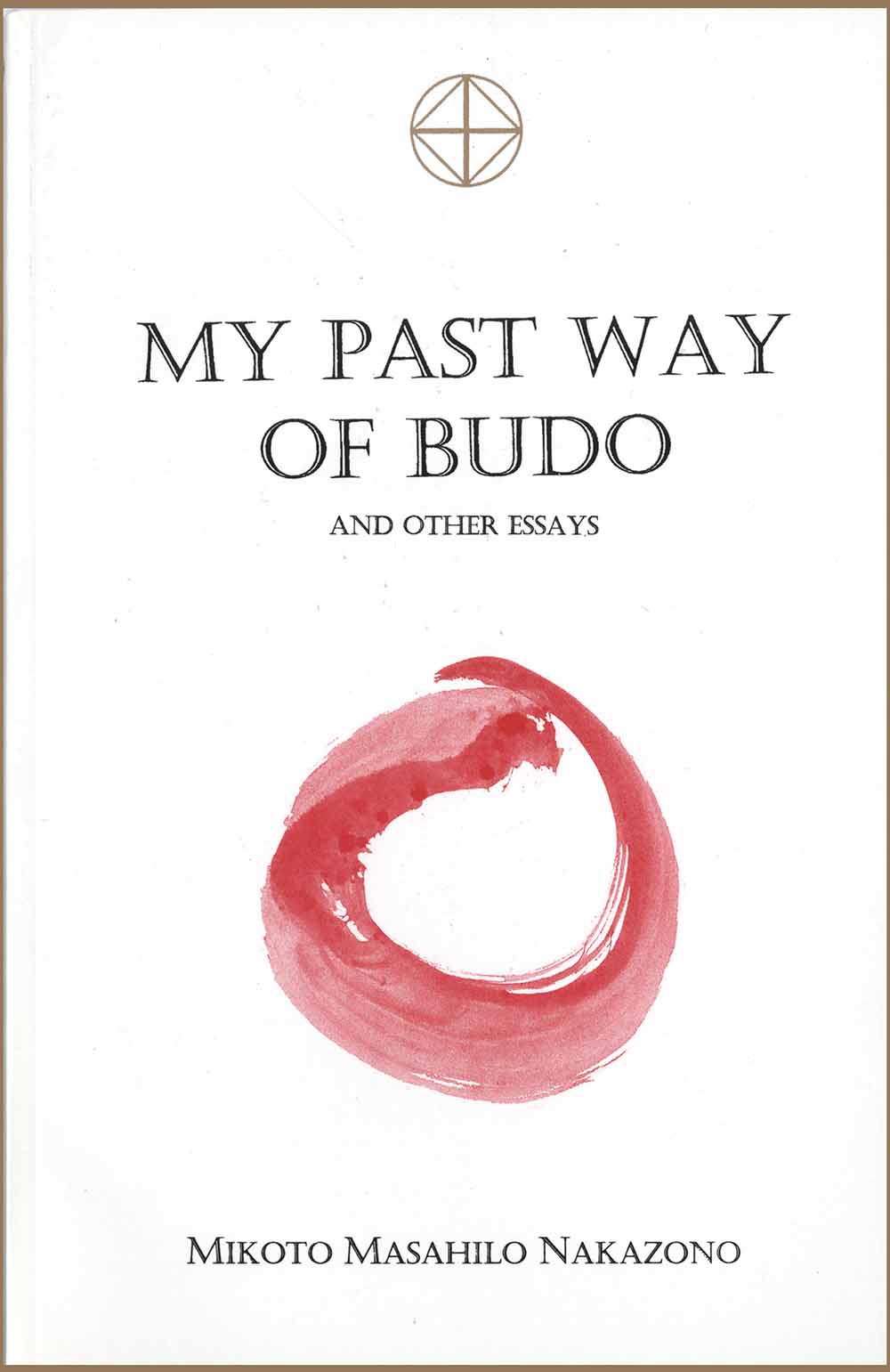My Past Way of Budo Book by Mikoto Masahilo Nakazono
A collection of essays written by the author relaying endearing stories and deep insight from his journey along the path of Aikido and study of the Kototama Principle. Included is a compelling essay for practitioners from his elder son, also a master of Aikido, Kototama Life Therapy and Asian medicine, Dr. K. Nakazono, Sensei.
For many years in Japan, O Sensei Nakazono studied Aikido directly from its founder, Uyeshiba Sensei. Inspired to bring Aikido to the rest of the world, O Sensei opened the first dojo outside of Japan in Singapore in 1958. Later, after serving as martial arts consultant to South Vietnam, Sensei continued teaching across Europe, North Africa, and the US. By 1972, Sensei had over 40,000 Aikido and Natural Therapy students.
About the author:
Born in May 1918 in Southern Japan, Kagoshima District, Sensei Nakazono began his studies by practicing kendo at the age of 6, judo at 12, and karate at 19. Later he studied many other forms of martial arts; then fully immersed himself in the art of Aikido, learning directly from O Sensei Ueshiba, its founder.
Following his mother’s inclination, Sensei Nakazono began his formal studies of acupuncture in 1934 at age 16. He was a student of George Ohsawa, the founder of macrobiotics, and Sakai Sensei, who taught the spirit of finite form, Jizo Bosatsu.
He was re-introduced to the Kototama Principle by Sensei Ogasawara, and revised every aspect of his life and work from this profound viewpoint. In 1972 he moved to Santa Fe, where he established the Kototama Institute to teach Aikido, natural therapy, and the Kototama Principle. He inspired the passage of the New Mexico Acupuncture Act in 1973, and was honored as “A Living Treasure” in Santa Fe, New Mexico in July of 1984.
Sensei Nakazono taught the Kototama Principle in Santa Fe and throughout the world. He devoted his life to handing it over for the sake of all humanity. His books embody his teachings, great vision and compassion for mankind. He passed over on October 8, 1994.
101 pages
Bonus: Includes Kototama sound card, printed in full color on high quality card stock.
Couldn't load pickup availability


